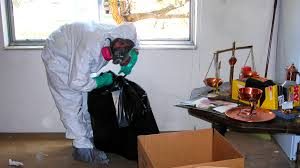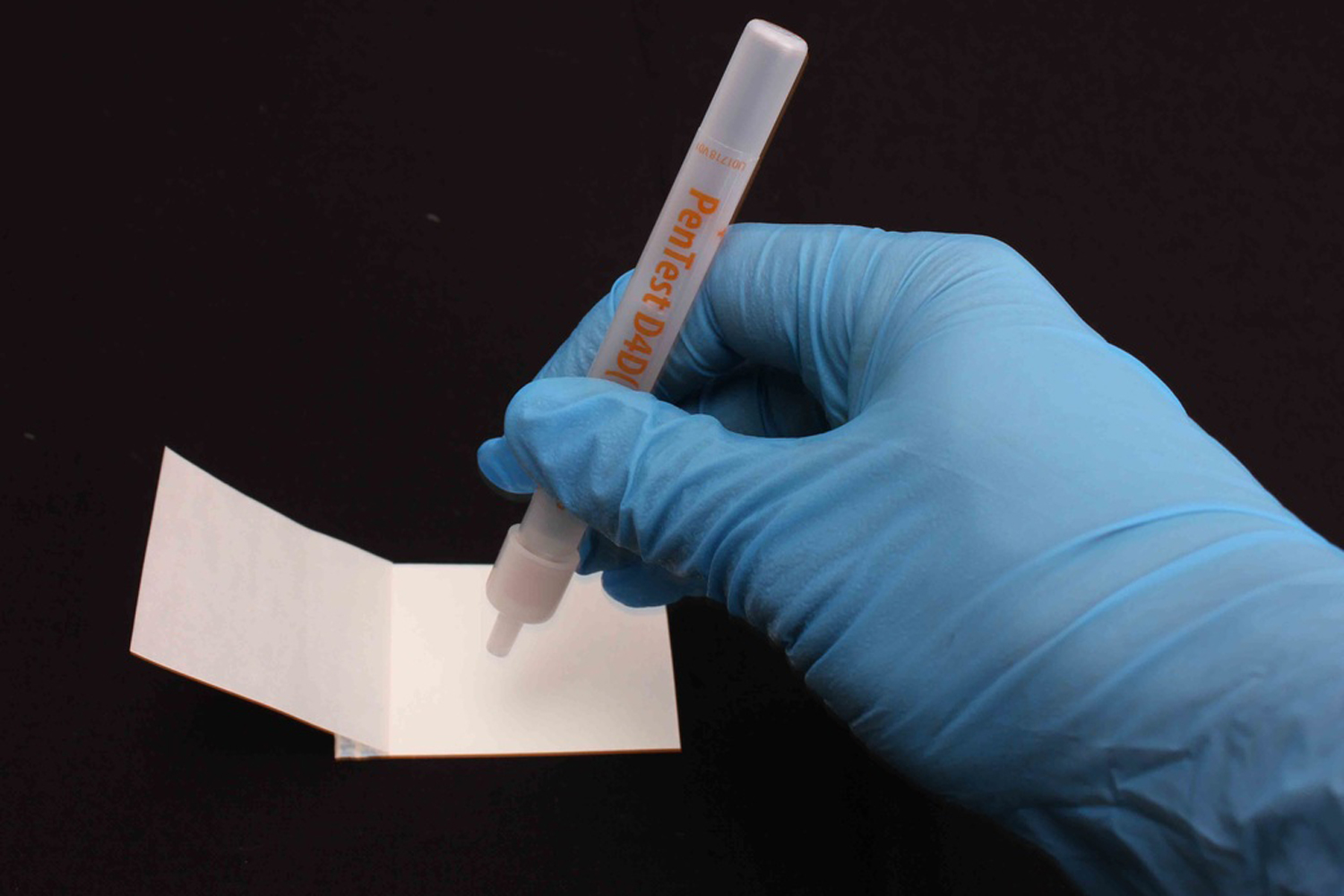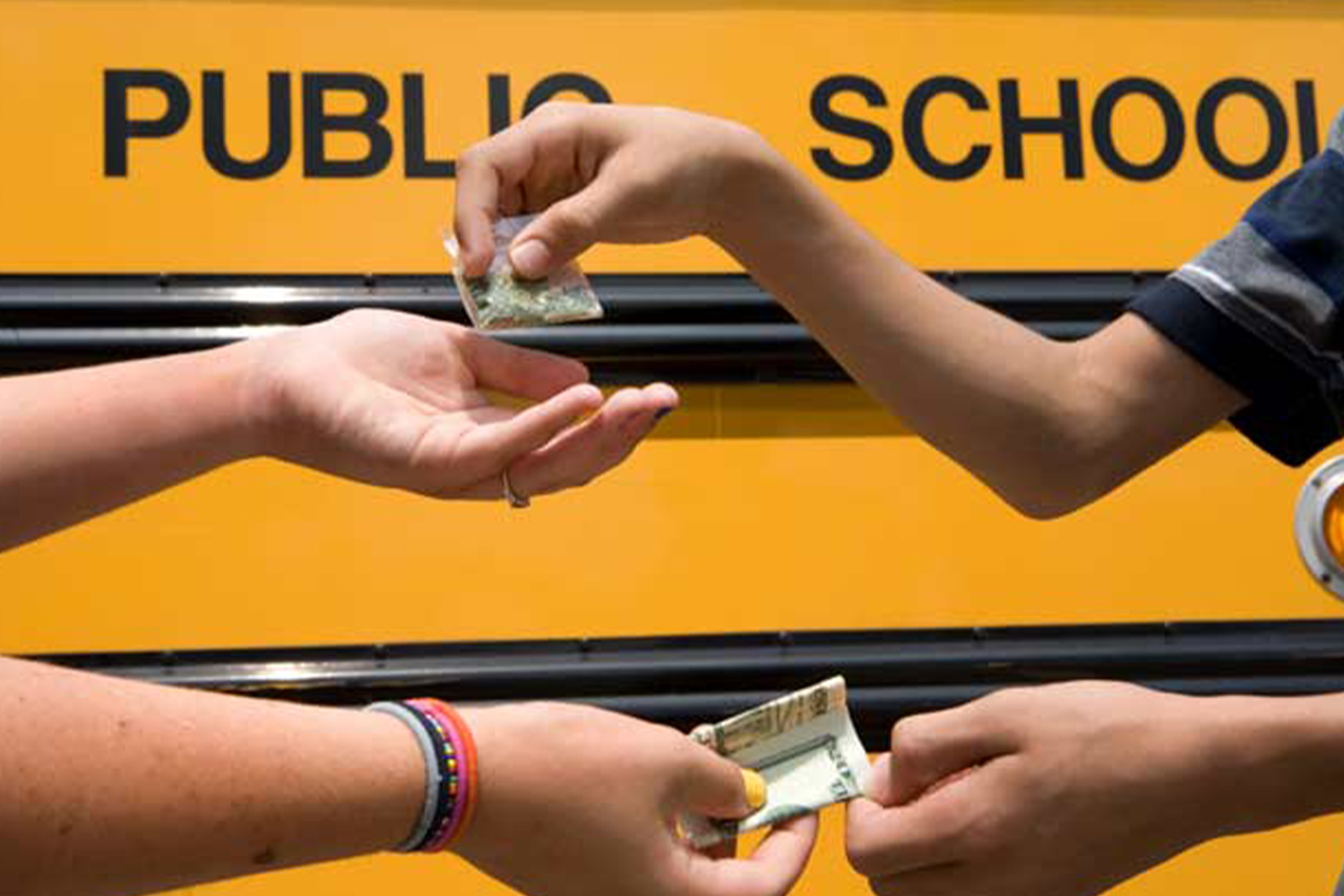New laws gazetted today, in South Australia, will give health and council workers the power to ensure that properties, discovered as clandestine ice laboratories, are cleaned of all toxic chemicals and demonstrated to be safe.
Health Minister Jack Snelling moved to change the law to give new powers to public health authorities and council workers to ensure such premises are cleaned to a point they were safe for human habitation. “Even after they’ve been shut down, clandestine drug labs pose a serious threat to the community from the toxic chemicals left behind,” he said.
“No matter where a drug lab is located, whether it’s in commercial premises, private rental accommodation, public housing or hotels and caravan parks, there are ongoing risks from the chemicals involved in drug manufacturing.
“The new policy and guidelines will protect (people) from contamination generated by the manufacturing of drugs and provide a clearer process for public health authorities to require the assessment and remediation of properties.”
 In a recent case, a family purchased a rural property that, unbeknownst to them, had been used as a clan-lab to manufacture ice. A year after they moved in, the house, when tested, was found to have contamination 40-times over what is considered a safe level. When the family was tested for the affects of living in close contact with the chemicals used to manufacture the drug, their 6-year old boy had the same levels of meth in his system that would be found in an adult drug user.
In a recent case, a family purchased a rural property that, unbeknownst to them, had been used as a clan-lab to manufacture ice. A year after they moved in, the house, when tested, was found to have contamination 40-times over what is considered a safe level. When the family was tested for the affects of living in close contact with the chemicals used to manufacture the drug, their 6-year old boy had the same levels of meth in his system that would be found in an adult drug user.
The family is now suing the local council for negligence as the previous owner had been ordered to clean up the property following a drug raid by police. Evidently, if this had been done, the property had not been retested to ensure that it was below safe contamination levels, and the council had not followed up to ensure that it’s clean-up order had been fully carried out.
SA Health’s Dr Chris Lease said a variety of chemicals and toxins were involved in the drug-making process, which meant there was a risk of residual contamination.
So how do you ensure that a property is uncontaminated by meth, other drugs, or drug-making chemicals before buying? Rely on the local council records? Take the word of the owner that the property is clean? How do you know whether a house has been contaminated by just drug users or whether it’s been used to cook meth?
The answer is to ensure that you do your own due-diligence. Don’t trust the ‘disclosure’ of a possibly desperate vendor wanting to offload his contaminated property, and certainly don’t take the chance that the property has ever come to the attention of the council or the police. In fact, the police admit that they only find around 10% of meth labs so there’s a 90% chance that if your new property was used to cook meth, it was never busted.
The most reliable and effective means to determine whether a property has been contaminated by meth residue is surface testing. Surface testing can be conducted either by a suitable company who will charge between $200 and $500 for lab-verified tests that can take a week to get results. Or, as is becoming more common, you can do their own testing for around $100 for an average 4-br home with a Narcotect D4D PenTest DIY surface test kit.
Don’t become another innocent victim by accidentally purchasing a meth contaminated property. Surface testing is the only reliable indicator of drug residue contamination, and doing this, pre-purchase, could save your you the heartache and cost of buying a dud.
Order your Narcotect D4D PenTest surface test kits and do your own tests before finalising a purchase.
- Inexpensive
- Reliable
- Results in seconds, not days




